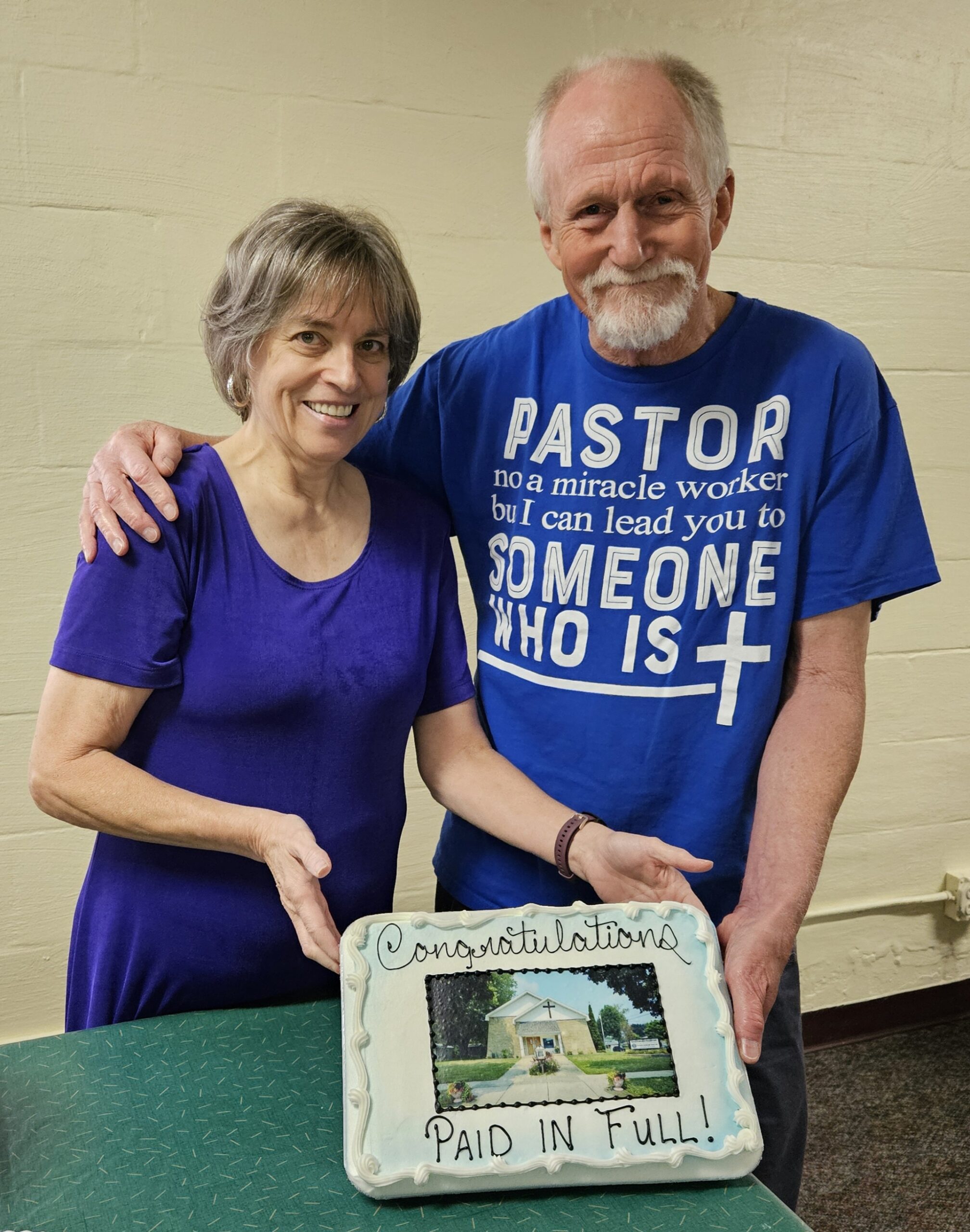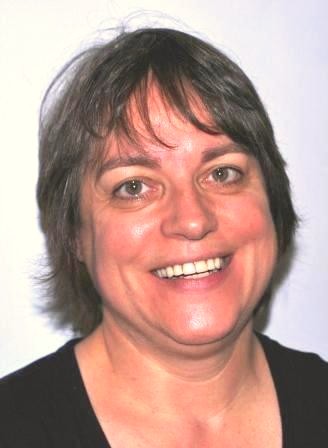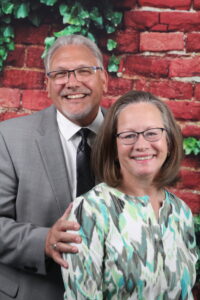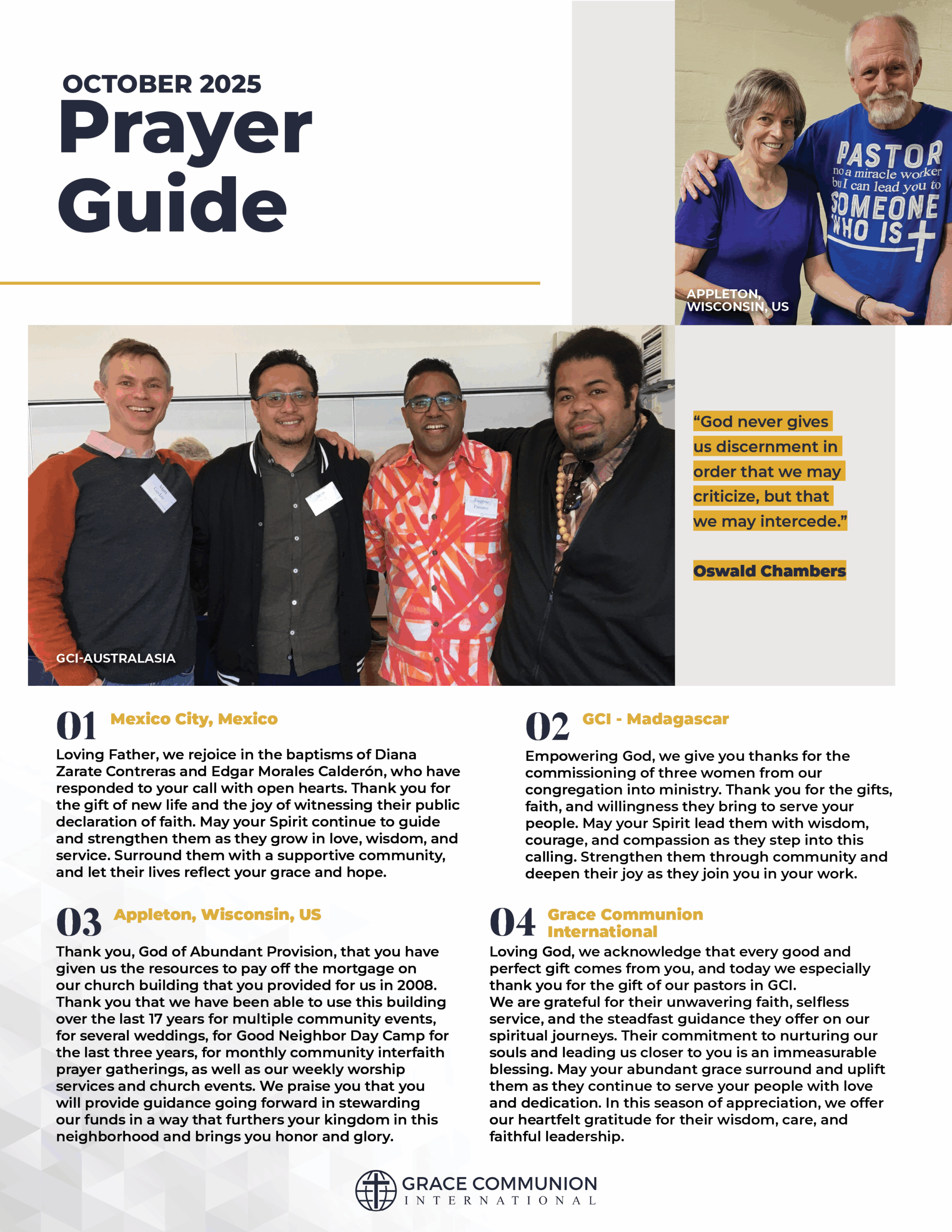 Join us! We invite you to read this article from Equipper.
Join us! We invite you to read this article from Equipper.
Subscribe to Equipper today!
The kingdom of God is our true treasure.
 By Paulina Salinas, MTC Coordinator and Pastor
By Paulina Salinas, MTC Coordinator and Pastor
Bogota, Colombia
The kingdom of heaven is like treasure hidden in a field. When a man found it, he hid it again, and then in his joy went and sold all he had and bought that field. Matthew 13:44 NIV
Recently, I heard about someone who bought a house near the area where I live in Bogotá. These houses are large and very old. The owner began to remodel it and when lifting the wooden floor — what a surprise! There were three trunks full of pure gold jewelry. We might say these are very lucky people, right? The previous owners had never realized what was beneath their floor.
What would you do if you found something extremely valuable? Perhaps a better question is: What is valuable to you? What is a true treasure? Scripture tells us that material things are temporary and fleeting, like the wind (Matthew 6:19–21). So then, what truly is a treasure?

In Matthew 13:44, Jesus presents the kingdom as a treasure long buried in the field. Jesus seems to be drawing our attention to this true treasure. God’s work throughout human history has always been present. Gary Deddo wrote that the kingdom — though a reality now through the work of our Lord Jesus Christ — is hidden for the world. We are privileged to have the true treasure, God’s kingdom, revealed to us.
In this parable, the man who finds the treasure realizes its immense value, so much so that it leads him to a radical response: he sells everything he owns — and does so joyfully — to obtain the treasure. He is overjoyed by what he has found. The kingdom of God, revealed through Jesus, is a treasure of great worth that transforms our lives. It is not about personal effort to obtain something; rather, it is a joyful response to God’s grace in Christ. When Christ leads us to discover his kingdom, we do not respond out of fear or obligation, but as a loving response to receiving great treasure.
Jesus compares the kingdom of God to that treasure. He shows us what is truly valuable — or the only thing of great value for real life: knowing the true God, Jesus of Nazareth (John 17:3). That changes everything — our priorities and our true values. In Christ, we find abundant life that people so desperately seek in the wrong places. In Psalm 119:162, the psalmist says: “I rejoice in your promise like one who finds great spoil” (NIV).
Kristopher K. Barnett, in his article, “The Kingdom of God Is Worth Everything,” writes:
The parable reveals a paradox in the Gospel message of Christ’s Kingdom. Salvation is free, yet it costs everything! God gives salvation through the Gospel. God grants access to all into His Kingdom. The Kingdom is free, but it costs everything. (pp 133–134)
So, the question for us would be: Are we aware, in our daily lives, of the value of the kingdom of God as that great treasure? What difference does that reality make in our relationships with others? In pastoral ministry, how does the testimony of the church in our communities relate to the reality of the kingdom?
From the same article, Gary Deddo writes regarding this:
Our current experience of the Kingdom, including our actions, as they are joined to the ongoing ministry of Jesus in the power of His Spirit, constitute a witness or sign of the coming Kingdom. A witness does not testify about themselves, but about a reality they know firsthand. Likewise, a ‘sign’ does not point to itself, but to another, much greater reality. As Christians, we bear witness to what is to come: the coming Kingdom.
We give thanks to the Lord for the presence of the Holy Spirit, enabling us to live in the joy and reality of the true treasure of the kingdom of God in our daily lives, here and now, even as we await the fullness of that kingdom.
But in all things we commend ourselves as ministers of God: … as poor, yet making many rich; as having nothing, and yet possessing all things. 2 Corinthians 6:4, 10b NKJV


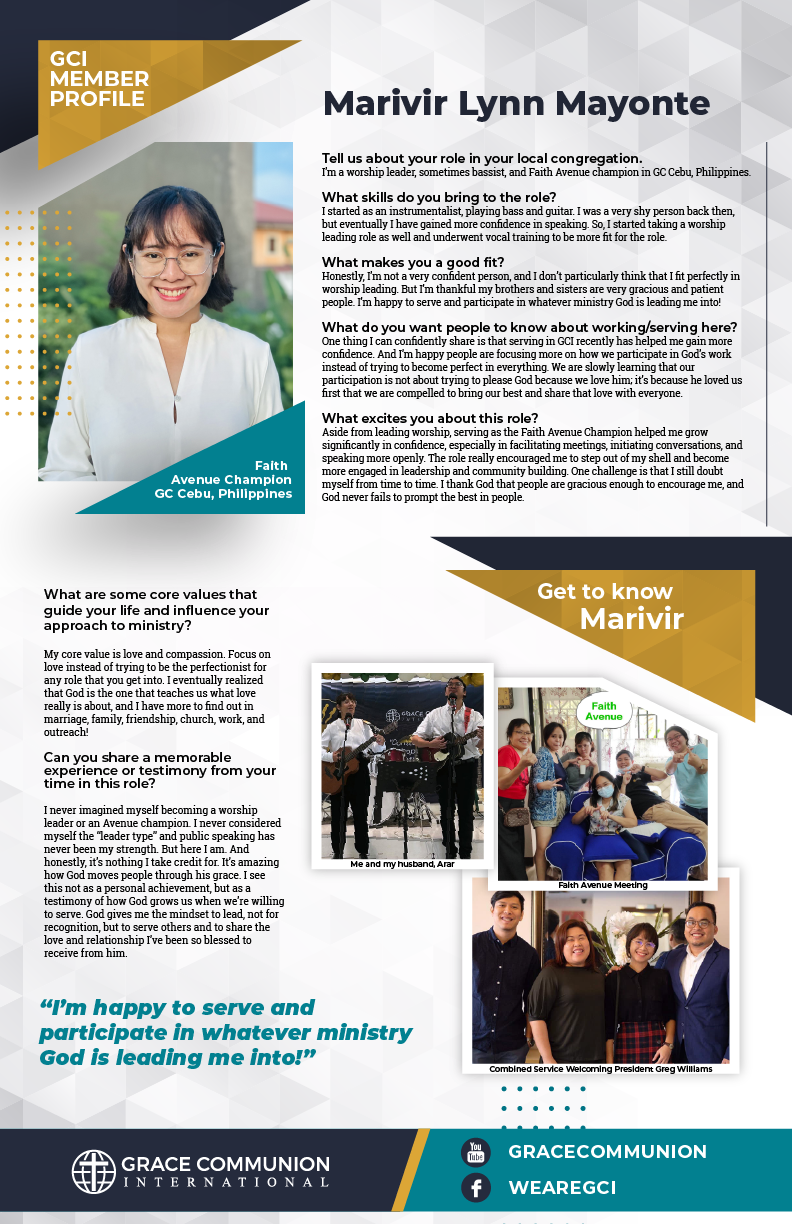
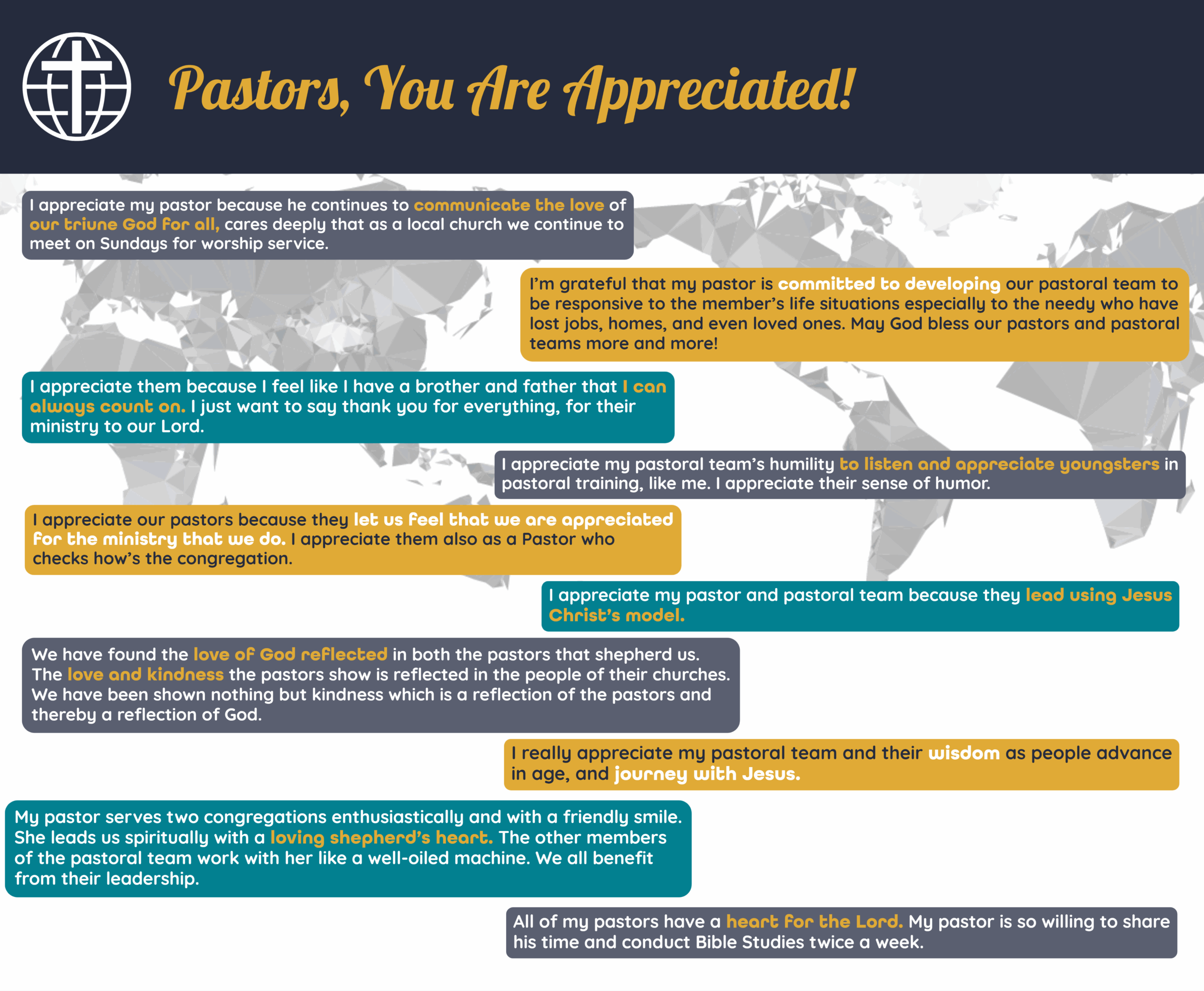
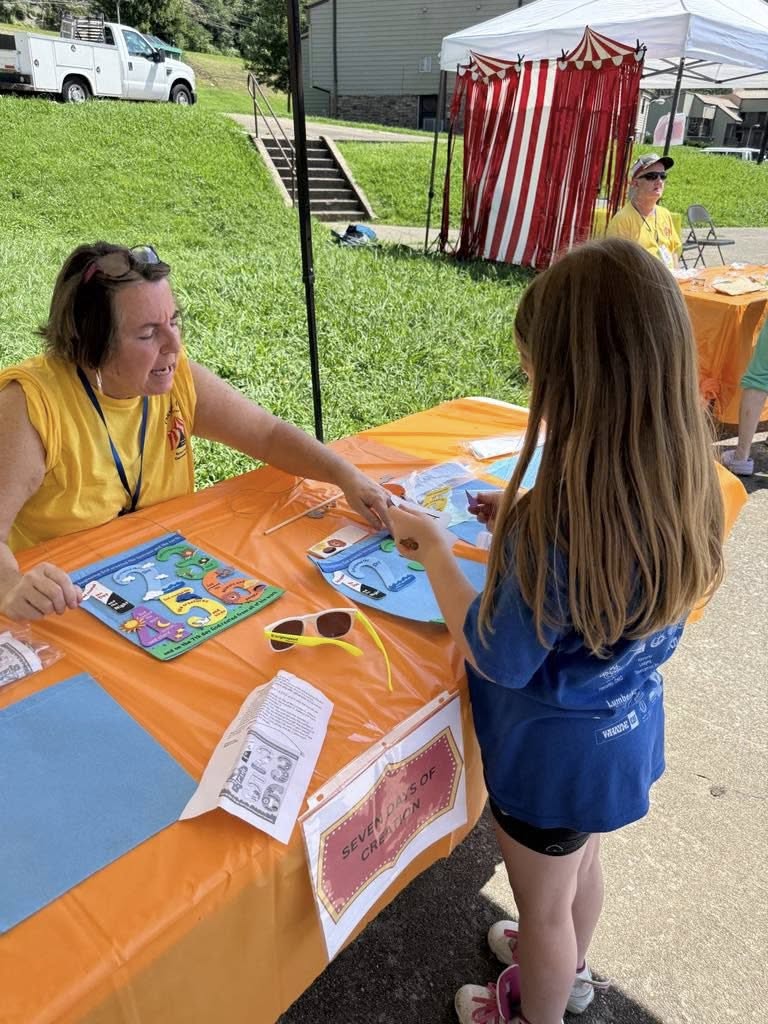
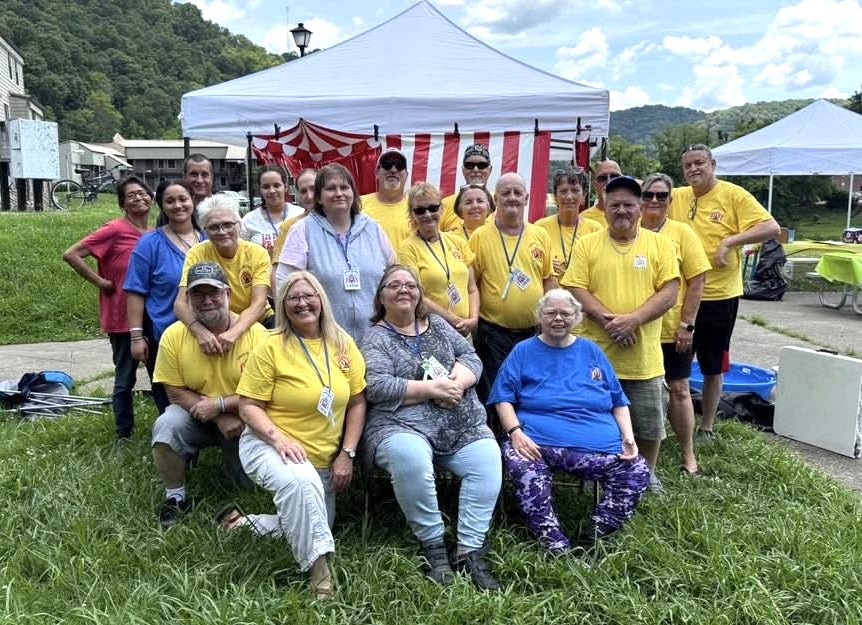
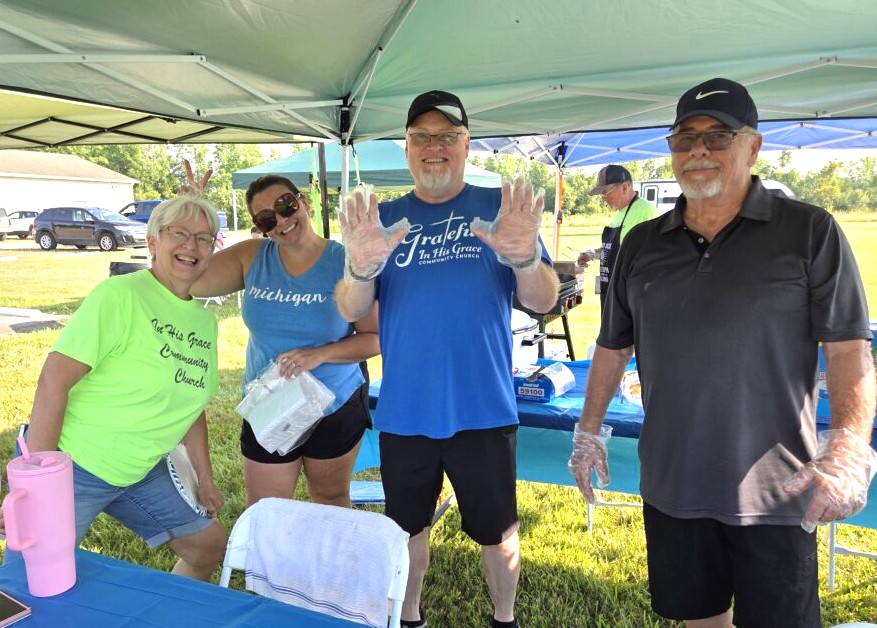
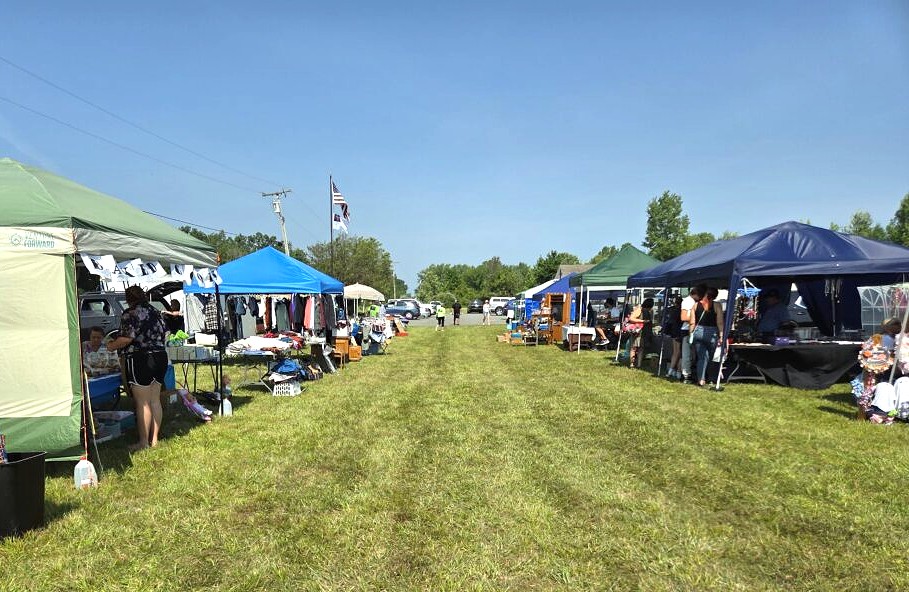
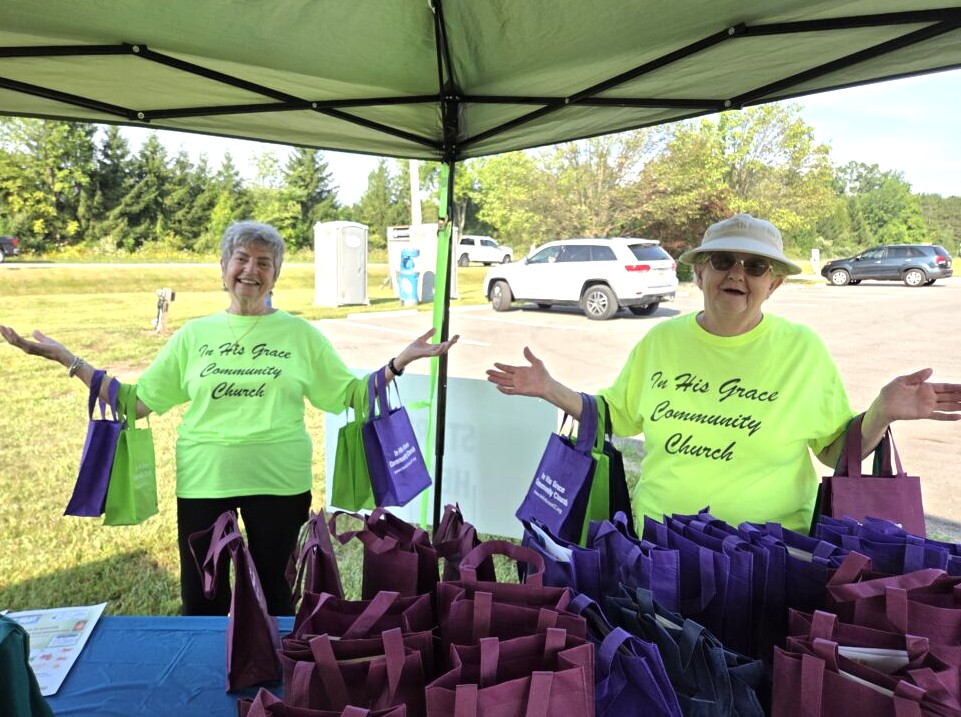

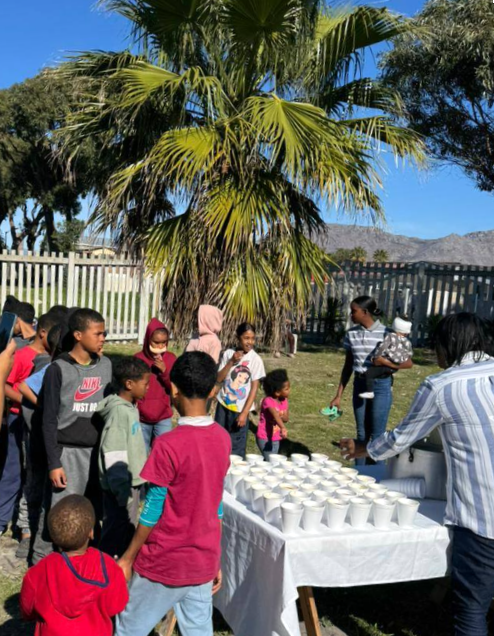
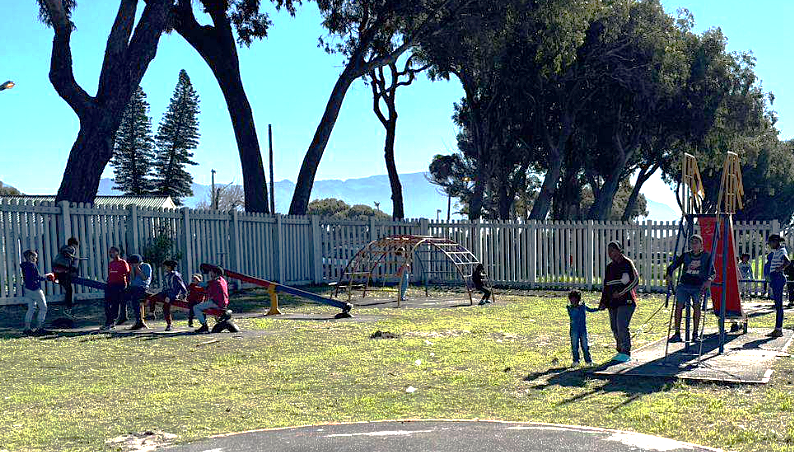


 By Cara Garrity, Development Coordinator,
By Cara Garrity, Development Coordinator,